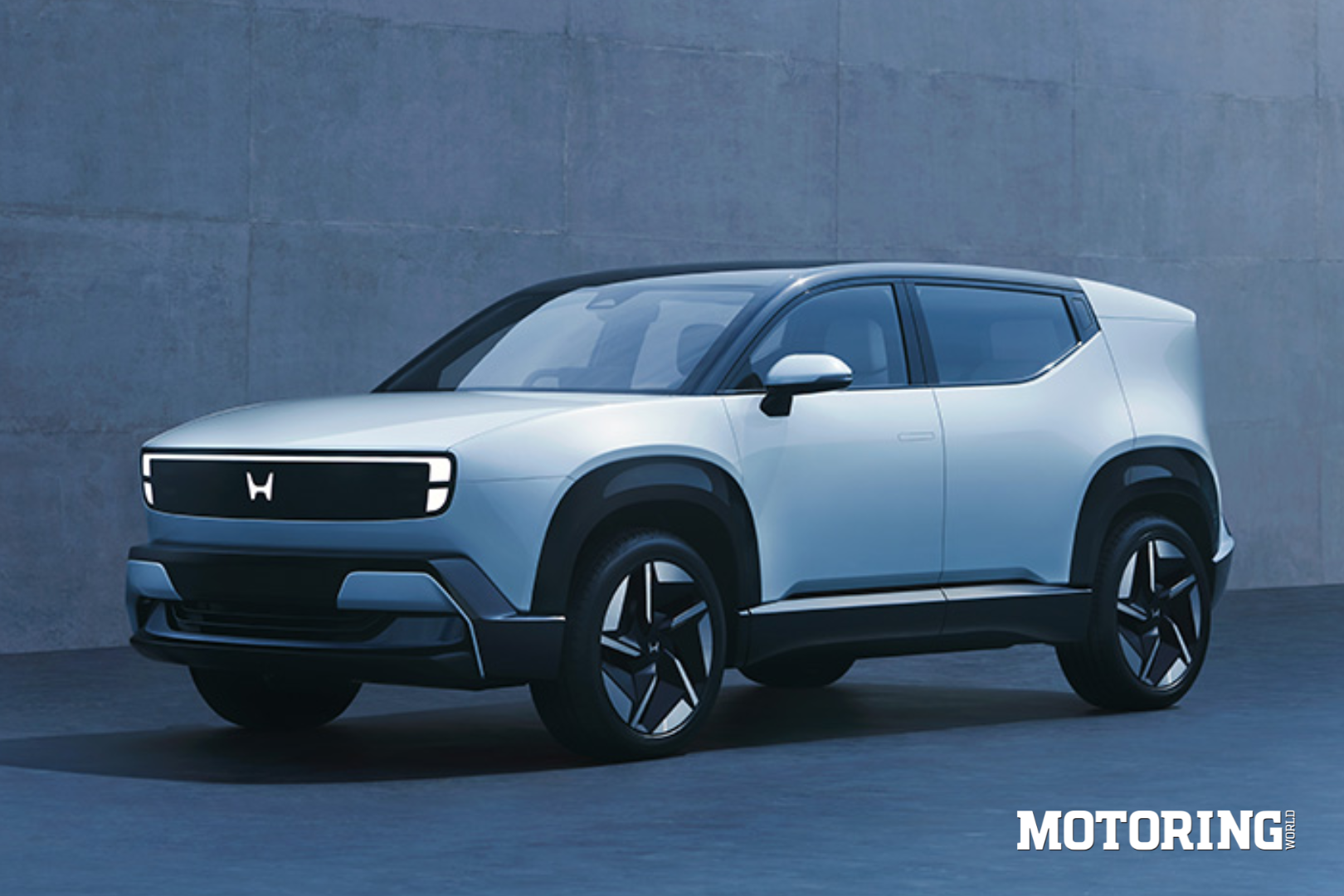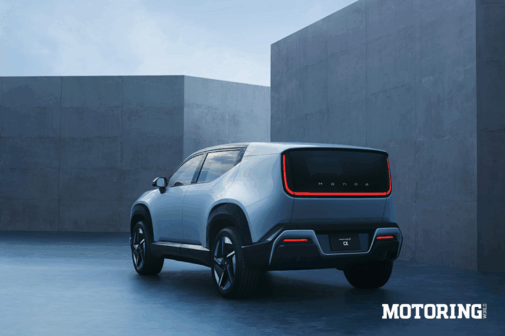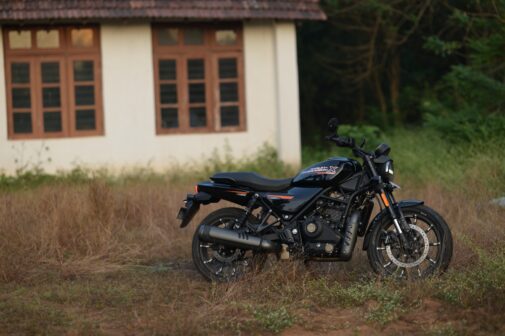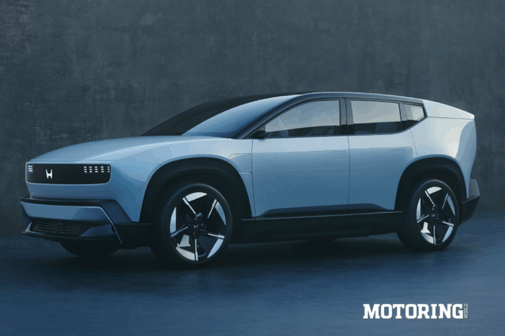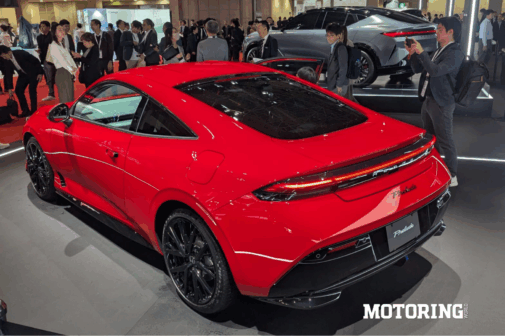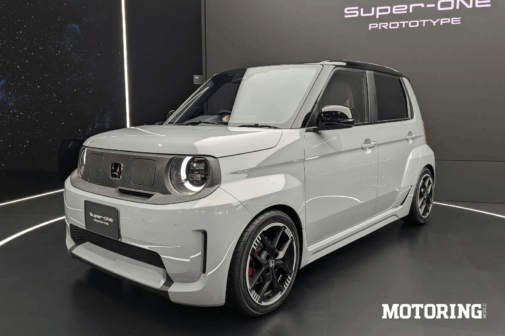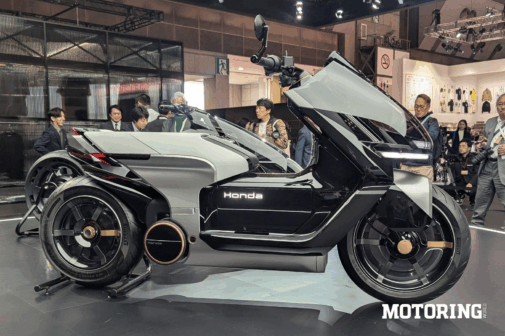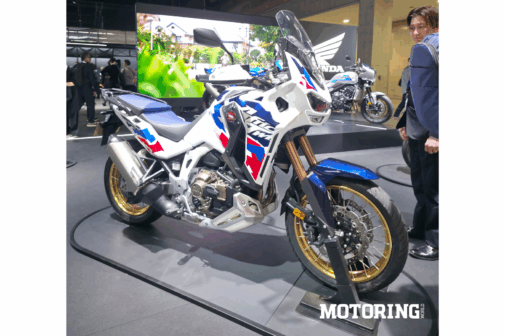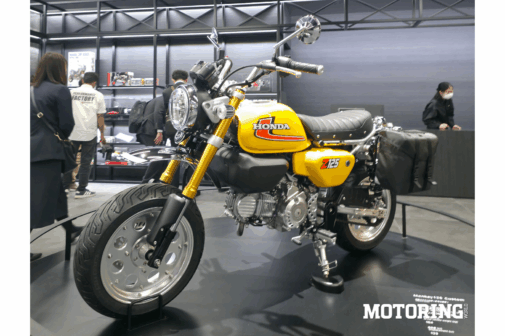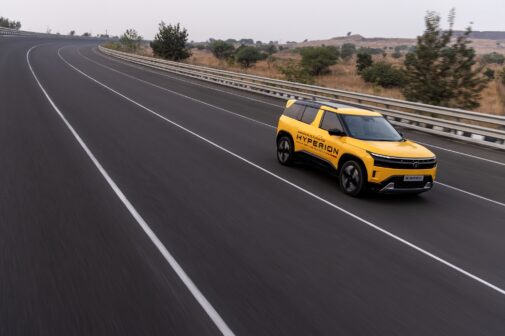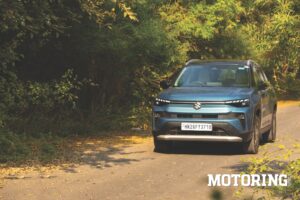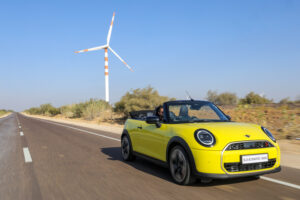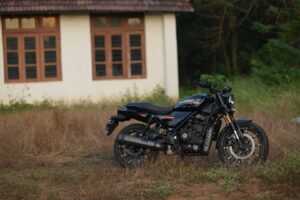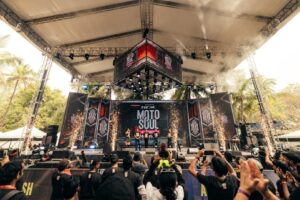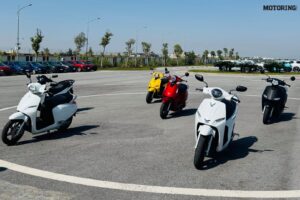At this year’s Japan Mobility Show, Honda came out swinging, with a lineup that makes its EV intent clearer than ever. The focus was squarely on the new ‘0 Series’ of electric vehicles, supported by a handful of forward-looking two-wheelers and mobility tech. Here’s what stood out for us, and why it matters for India.
Honda 0 α Prototype
The 0 α (Zero Alpha) is the face of Honda’s next-generation EV architecture, built on a new ‘Thin, Light, Wise’ philosophy aimed at reducing weight, improving efficiency, and integrating advanced intelligence. The SUV-sized prototype previewed the design language and core platform that will underpin future Honda EVs. Production for global markets starts in 2027, and India will be part of that rollout, aligning with Honda Cars India’s EV entry plans. This is good news for Honda in India, because the brand has stagnated, and it needs a major push in order to get back to the lofty heights it once enjoyed in our country.
Honda 0 Saloon and 0 SUV Prototypes
Displayed as Japan premieres, these expanded the 0 Series family. The Saloon (Honda Gallardo, anyone?) points toward a sleek, driver-centric electric sedan, while the SUV adopts a more practical, mid-size layout. Both share the same platform and battery technology as the 0 α. Their global roadmap hasn’t been fully defined, but Honda has indicated a phased rollout in key Asian markets, making them potential candidates for India post-2027 (for the SUV only). Battery-swap compatibility could be dialled in (although no official confirmation was given), along with bi-directional charging, and a strong emphasis on software integration.
Honda Prelude
The reborn Prelude, now powered by Honda’s e:HEV hybrid system, made an appearance fresh from its Japan launch in September. While Honda India hasn’t confirmed any plans to bring it in, the car’s modular hybrid tech could inform future sedans or sportier variants of models like the City or Elevate. It’s a bridge between the brand’s petrol heritage and its electrified future, and it looks smashing to boot (always important). A 2-litre, 4-cylinder engine and two electric motors produce a total of 200 horsepower and 32 kgm of torque. It’s front-driven, with a direct drive transmission that simulates manual shifts; its chassis and brakes are based on the Civic Type R. Other specs include a dual-axis strut front suspension, adaptive dampers, and four drive modes. Oh, and we may or may not be driving it soon.
Honda N-ONE e
This tiny, almost microscopic EV represents Honda’s approach to urban mobility: a small footprint, quick charging, and everyday practicality. Built for Japan’s kei segment, the N-ONE e: also serves as a test bed for compact-car electrification. While the format doesn’t directly translate to Indian conditions, its tech package could underpin future sub-compact EVs for developing markets. If Honda chooses to localise this platform, it could shake things up in the hatchback segment. Please bring it, Honda – it’s too funky for its own good, quite apart from the fact that it has a boost mode and makes raspy ICE noises.
Electric Motorcycle Concept
Honda’s wild Outlier EV electric motorcycle concept was a highlight on two wheels. The design is something straight out of an anime series, and if/when it makes production, it’ll be a head-turner and a half. The ergonomics are cruiser-like, with a back rest for the rider, so comfort shouldn’t be an issue. There are in-wheel motors at either end, and an all-wheel drive system is present. A double-wishbone suspension, disc brakes at either end, a rear monoshock and a wide, slim TFT screen are other features.
Production Motorcycle Lineup
Alongside the EV concepts, Honda displayed two-wheelers like the updated Rebel 1100 S DCT, Africa Twin Adventure Sports ES, and a new CB1000F. The last-named is absolutely retro-gorgeous, and we fervently hope it comes to India. Also on display were the Cub and some very cool Monkey customs. Rounding out the pavilion were exhibits from Honda’s air and marine divisions, including the HondaJet Elite II, the BF350 outboard motor, and a prototype sustainable rocket.
Honda’s showing this year was clearly about declaring its next chapter. With the 0 Series heading for production and a clear intent to expand electrification across segments, the message for India is unmistakable: Honda’s EV era has officially begun, and never mind that we’ll have to wait a couple of years to get our hands on the production models.





